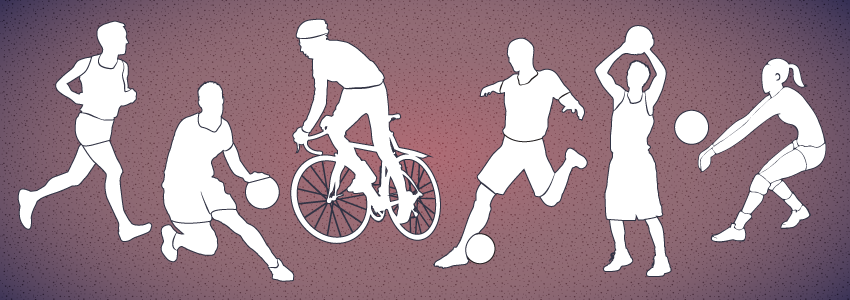
Type 1 diabetes usually develops in children or young adults, can start at any age and accounts for 5 to 10 percent of all diagnosed cases of diabetes in the United States.
People with Type 1 diabetes must take daily insulin injections and regularly monitor their blood sugar levels. For athletes with Type 1 diabetes, technology and research are making it easier to manage.
Monitor blood sugar levels
If you’re an athlete with Type 1 diabetes, track blood sugars throughout the day and administer the proper dose of insulin, a hormone that allows glucose to enter your cells to produce energy. Diabetes develops when insulin-producing cells in your pancreas no longer work as they should.
Test your blood sugar prior to practice or competition, halfway through and after the workout or competition ends. To help maintain consistent blood sugar levels throughout, having a complex carbohydrate or protein snack prior to practice or competition also is recommended.
Use technology
Two types of technology are making it much easier for athletes to manage Type 1 diabetes – insulin pumps and continuous blood glucose monitors.
An insulin pump is a small, computerized device that can deliver insulin to help the body use glucose for energy.
A continuous glucose monitoring system allows the insulin pump and glucose monitor to communicate via a sensor that sends a signal when blood glucose is high or low.
Both devices may be worn during practice, workouts or competition. Padding or a covering may be required depending on your sport. State high school sports organizations, such as the Wisconsin Interscholastic Athletic Association, usually provide guidelines for using special equipment by student athletes. For sport events or competitions open to recreational athletes, check with the event organizer for these guidelines.
Have a plan
If you’re an athlete with Type 1 diabetes you need to know what to do should you experience low or high blood sugars during a workout or competition.
Low blood sugar, called hypoglycemia, responds best when you apply the rule of 15: check your blood sugar, take 15 grams of quick-acting sugar, wait 15 minutes and check your blood sugar again to make sure you are in a safe range. Glucose tablets work quickly or you can use fruit juice, hard candies, pretzels or crackers. Avoid foods high in fat, because they are slower at getting into your bloodstream.
Symptoms, such as shortness of breath or breath that smells fruity, nausea, vomiting and dry mouth are indicators of high blood sugar. If a blood sugar test reveals you’re experiencing a high blood sugar, you should not participate in the workout or competition.
Make others aware that you’re managing Type 1 diabetes, too, so they can help you if you need it. Consider wearing a medical alert bracelet and keep an emergency kit available that contains monitoring supplies and snacks.
This post provided by Sports Wrap, from Marshfield Clinic Sports Medicine.






Leave a Reply